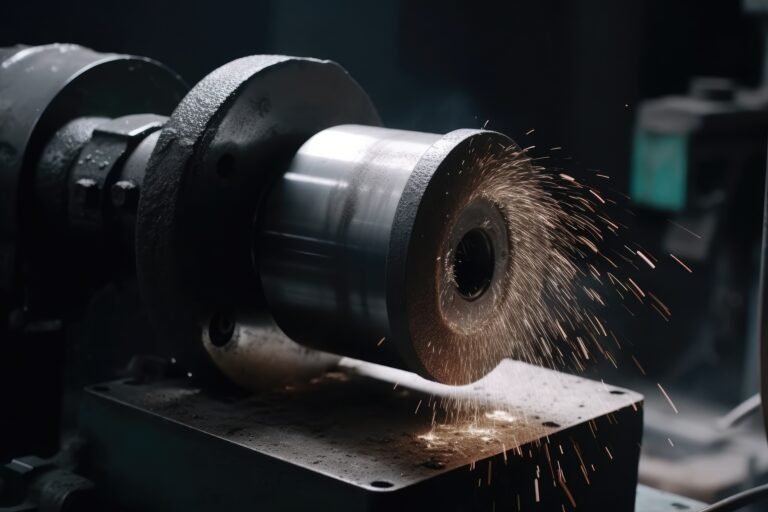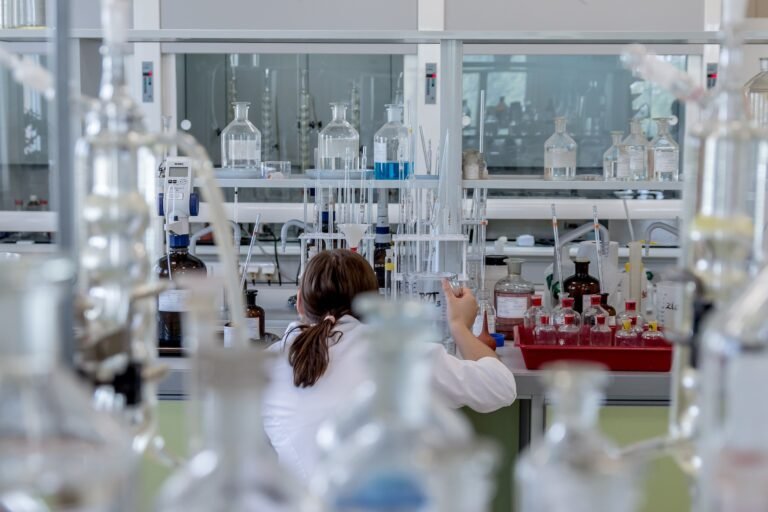Corrosion Testing: Recognising and Avoiding Material Degradation
A recurring enemy that affects metals and alloys in a variety of sectors is corrosion. The implementation of efficient preventive measures and comprehension of corrosion mechanisms are vital for industrial equipment, pipelines, and bridges. Now let’s examine the main facets of corrosion testing and research:
1. Immersion Testing Method
The immersion testing method is a fundamental and extensively employed laboratory technique. During this test, metal specimens are exposed to a corrosive environment for a specific duration.
Method: Weighing the dried test specimens both before and after exposure is done. The elimination of any pollutants or corrosion products is ensured by careful pretreatment.
Findings: Usually, the corrosion resistance is computed as the corrosion rate expressed in units of weight loss (millimeters or mils per year). Test time, exposed surface area, and metal type are among the factors.
Application: Immersion testing yields useful information for material selection and aids in assessing a material’s compatibility with particular surroundings.
2. Visual Inspection
Goal: Quantitative measurements are enhanced by visual evaluation. It makes it possible to assess localised corrosion characteristics including pitting and exfoliation.
Techniques: Scanning electron and optical microscopes are helpful instruments. Analyses of elements and composition (such as X-ray diffraction and energy dispersive X-ray spectroscopy) shed light on the corroded surface and its byproducts.
Significance: Visual inspection facilitates the identification of certain corrosion patterns and provides guidance for further research.
3. Comparing Laboratory and Field Testing
- Field testing is carried out in actual use cases.
- accurately depicts the surrounding environment.
- Corrosivity is difficult to accelerate.
- gives useful long-term data.
Laboratory Examinations:
- regulated setting.
- permits more rapid testing.
- It’s possible that results won’t apply to field circumstances exactly.
- beneficial for comparative investigations and preliminary material screening.
4. Analysis of the Root Cause
Finding the fundamental causes of corrosion failures is the aim.
Factors Considered
- Material composition was taken into consideration.
- lustre on the surface.
- humidity and temperature.
- exposure to substances that are aggressive.
Significance: Preventive measures are guided by root cause analysis.
5. Economical Remedies
Suggestions:
- corrosion resistance is the basis for material selection.
- coatings for protection (such as paints and galvanizing).
- Cathodic protection: impressed current and sacrificial anodes.
- Make design changes to reduce regions that are prone to corrosion
The connection between theory and real-world application is made possible through corrosion testing and research. Industries can prolong the life of vital parts and infrastructure by applying preventive measures, carrying out comprehensive testing, and comprehending corrosion mechanisms. MTS – India’s proficiency guarantees precise evaluations and knowledgeable choices in the fight against rust.
Please feel free to investigate these ideas in more detail or contact MTS – India with specific questions about corrosion!








